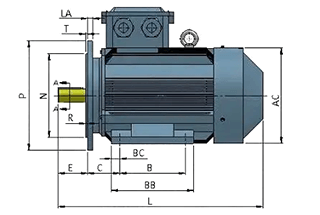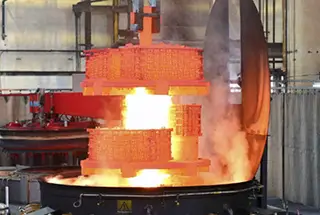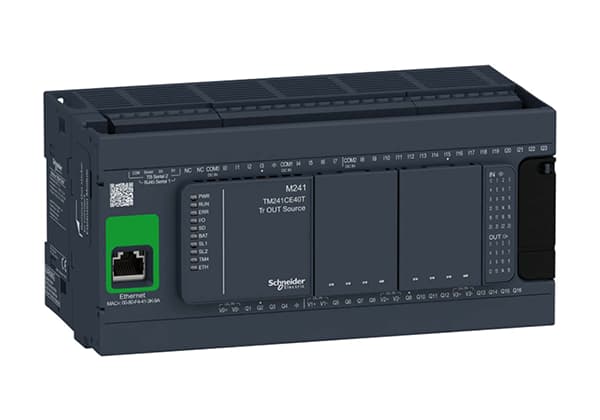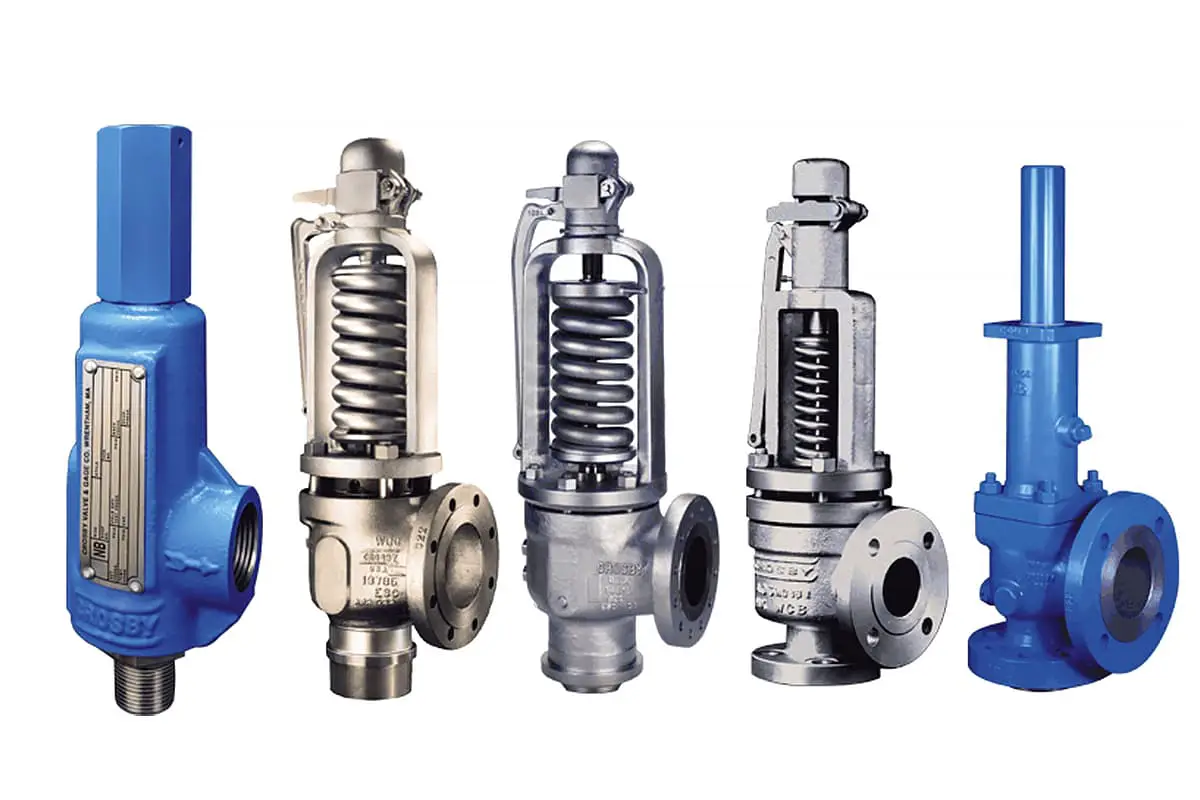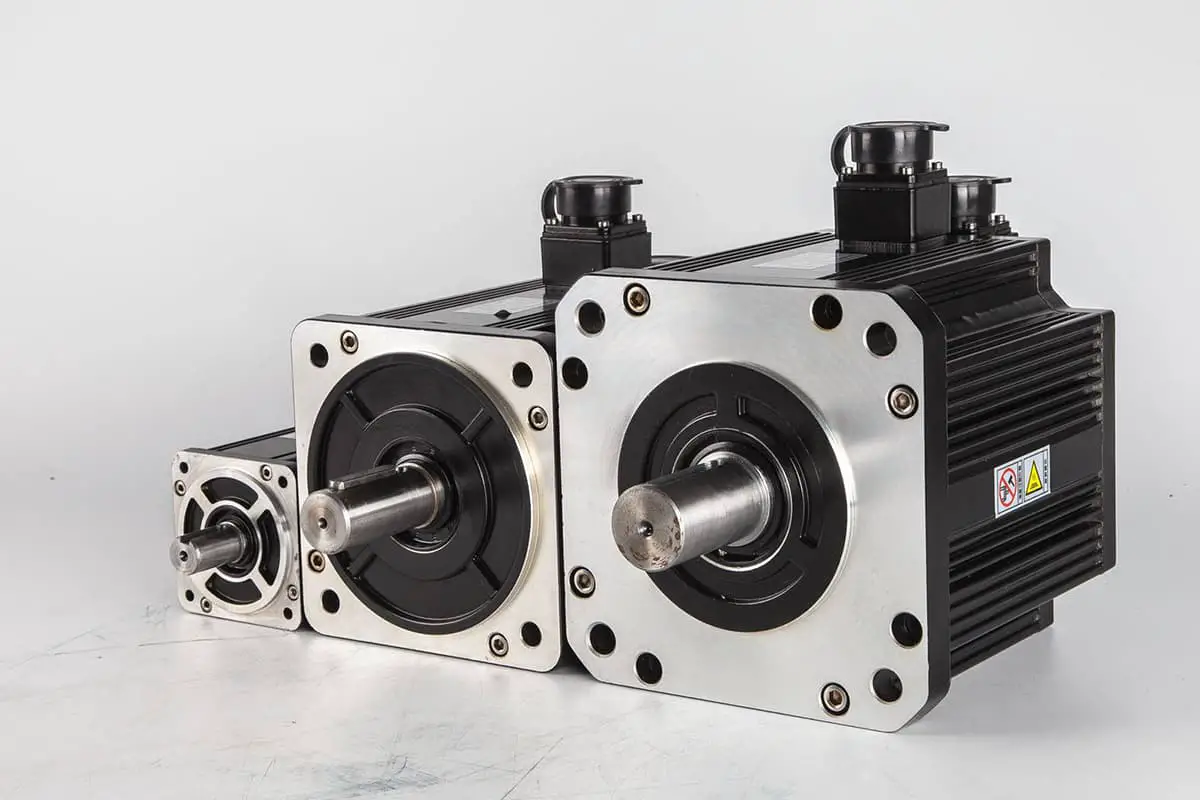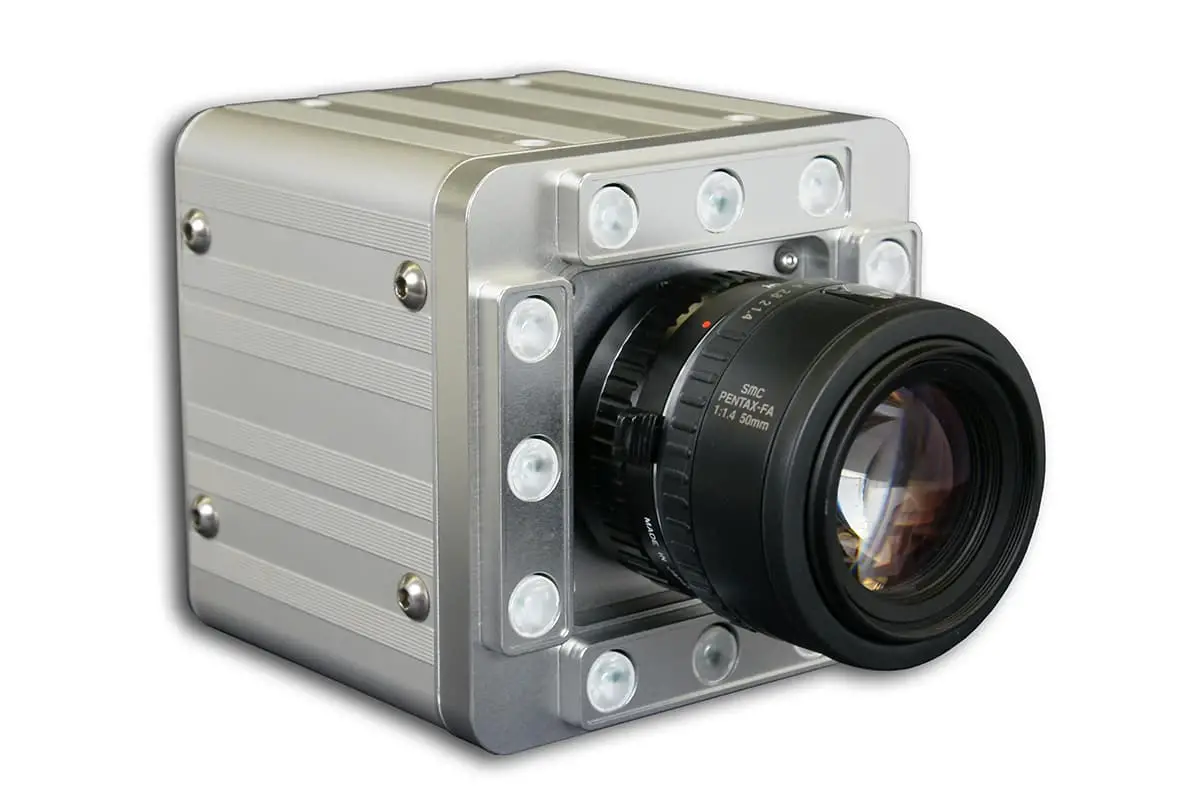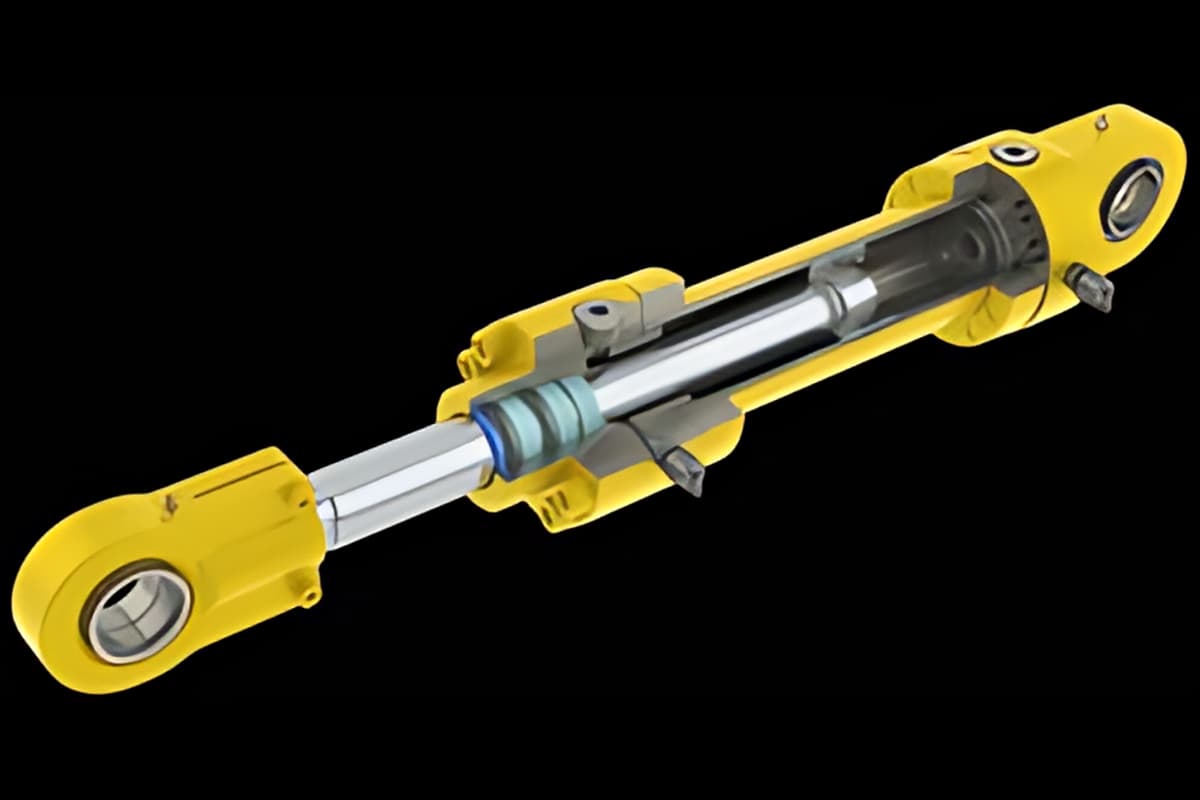
What makes a knife truly exceptional? The choice of steel plays a pivotal role. In this article, we’ll explore various types of steel used in knife making, from the robust carbon steel to the elegant Damascus steel. Each type offers unique benefits and potential drawbacks, influencing the knife’s performance and durability. By understanding these materials, you’ll be better equipped to select the perfect steel for your knife, whether for everyday use, outdoor adventures, or culinary excellence. Dive in to discover the secrets behind the steel that shapes the best blades.
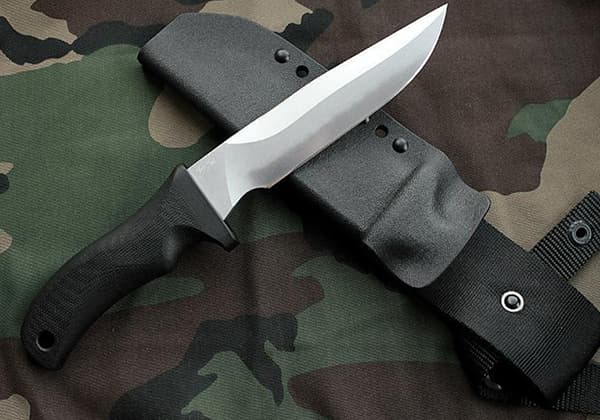
Readers often ask me what type of steel is used in my Damascus knife. They also ask what is the sharpest and best steel for knife making.
This is both a straightforward and a complex question. Unlike in ancient times when there was only a limited number of options, such as Wootz steel, modern industry has produced numerous high-quality steels with their own unique advantages, disadvantages, and ideal usage scenarios.
Steel is a term that refers to iron-carbon alloys with a carbon content ranging from 0.02% to 2.11%. These alloys are often enriched with other elements that enhance specific properties, depending on the intended application.
There are many types of steel that can be used for knife making. The most common types used for blades are typically categorized into:
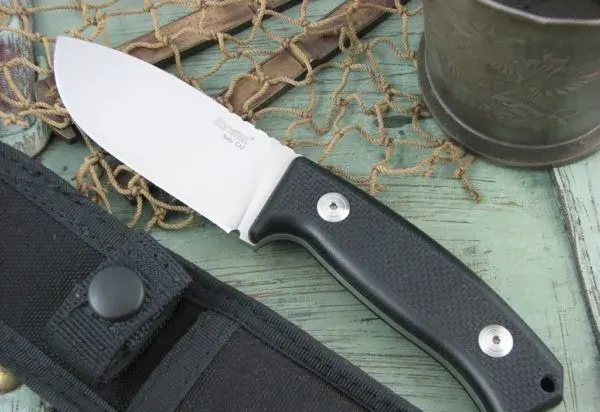
Hard alloy steel is commonly used for producing various cutting tools. It is characterized by its high hardness, high wear resistance, and good toughness.
Tool steel can be further divided into three categories: carbon tool steel, alloy tool steel, and high-speed tool steel. Popular tool steels include the CPM series, such as D2, O1, and Crucible, as well as the advanced M4.
Tool steels with high carbon content have excellent edge retention and are suitable for making small and straight knives. On the other hand, tool steels with a slightly lower carbon content but high toughness are ideal for making medium and large straight knives for chopping.
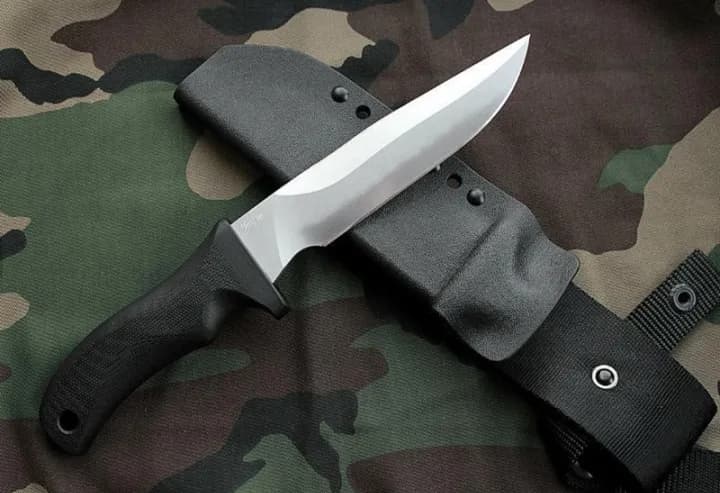
Iron-carbon alloys with a carbon content ranging from 0.0218% to 2.11% are referred to as carbon steel. It is one of the most widely used types of steel.
In the context of knife making, carbon steel is often used for rough purposes that require high toughness and durability, and is commonly found in survival knives and machetes.
The primary advantage of carbon steel is its ease of heat treatment, which makes it easy to sharpen to a high degree. However, a disadvantage of carbon steel is its poor resistance to rust, which means that it is prone to corrosion. To address this issue, some blade surfaces are coated.
The most popular type of carbon steel for knife making is 1095, which is frequently used in traditional European hunting knives, large cutting knives, and military knives. Other popular types of carbon steel include 1040 and 1060.
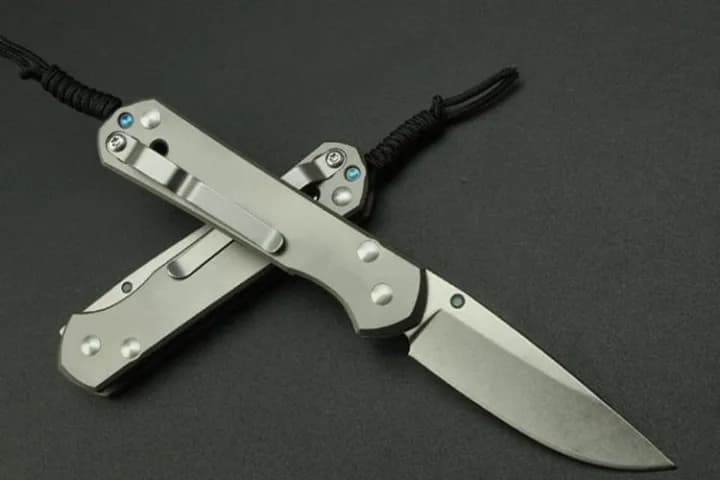
Carbon steel is often enhanced with chromium and other elements to improve its corrosion resistance, but this usually comes at the cost of reducing its toughness.
Stainless steel is commonly used for everyday carry (EDC) tools. The most popular types of stainless steel for knife making include 440C, 154CM, AUS, ATS-34, and the Crucible SxxV series steel.
It is important to note that a steel must contain a minimum of 13% chromium in order to be considered a true stainless steel.
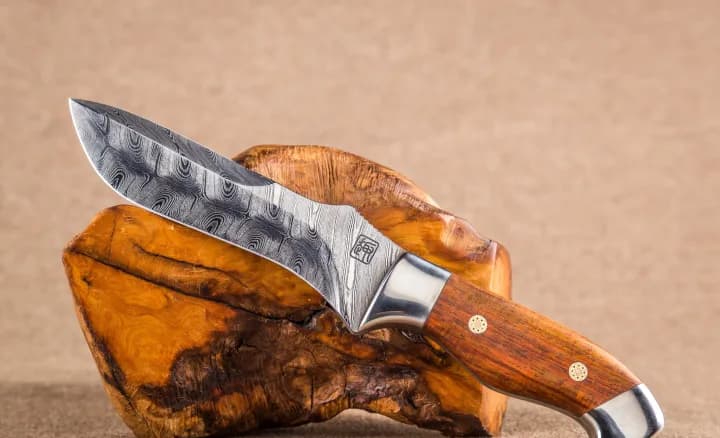
Damascus steel, known for its beautiful patterns, is highly favored in the cutting tool industry, particularly for high-end cutting tool production.
Modern Damascus steel is produced by combining different pure metals through the process of folding and forging. This process creates knife blanks that are both rigid and flexible.
Compared to ordinary single steel, Damascus steel offers a unique combination of hardness and toughness, as well as its aesthetic charm and mystique. It is a highly sought-after laminated composite steel.
There are also some special steels that are well-suited for knife making and are particularly popular among knife enthusiasts, such as the following.
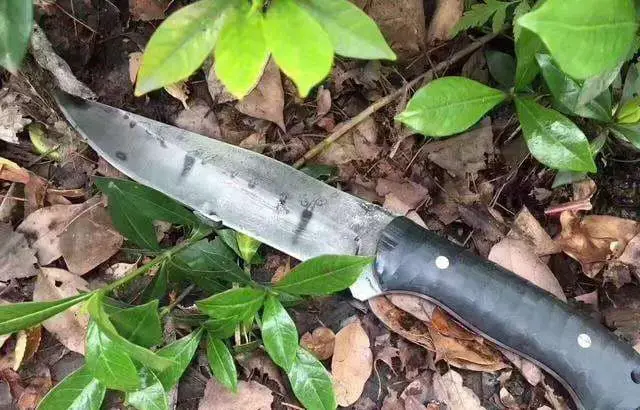
Spring steel refers to a special type of alloy steel used for producing various springs and other elastic components.
The biggest advantage of spring steel is its high toughness, and it has better straightening capabilities compared to carbon tool steel. This makes it ideal for making large outdoor tools.
Additionally, spring steel is affordable and readily available, making it a cost-effective option.
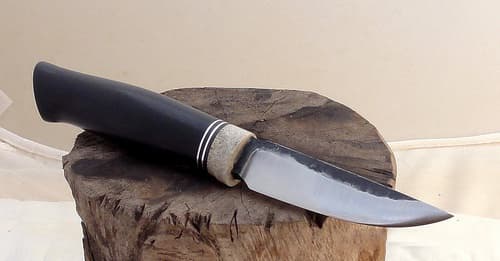
The steel used for producing balls, rollers, and bearing rings is one of the most demanding types of steel in production, requiring high and uniform hardness, good wear resistance, toughness, and rust resistance.
Bearing steel with a carbon content of around 1% is ideal for making various large and small cutters, and the requirements for quenching are not overly stringent.
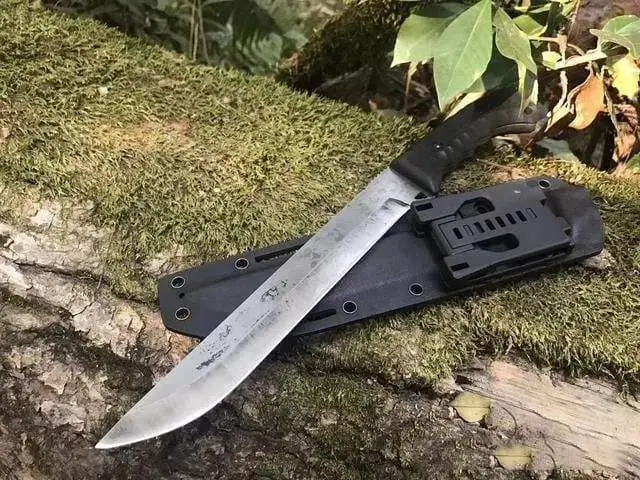
Heavy rail steel is used for the production of heavy rails. It has adequate strength, hardness, wear resistance, and a certain degree of toughness, making it suitable for rough outdoor knives.
However, it is important to note that light rail steel is not suitable for cutting tools due to its low carbon content and lack of hardness.
With so many different types of steel that can be used for knife making, there is no one-size-fits-all answer to what is the best. When choosing tool steel, it is important to consider a number of factors comprehensively.
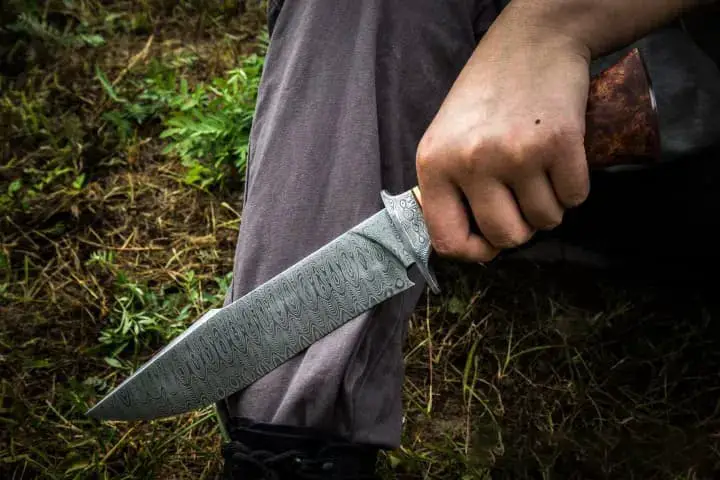
The first step in choosing the right knife steel is determining the task for which the knife will be used. Will it be used for hunting or as an everyday carry knife? Will it be used in the kitchen or as a machete? The intended use of the knife is the main determining factor in selecting the appropriate steel.
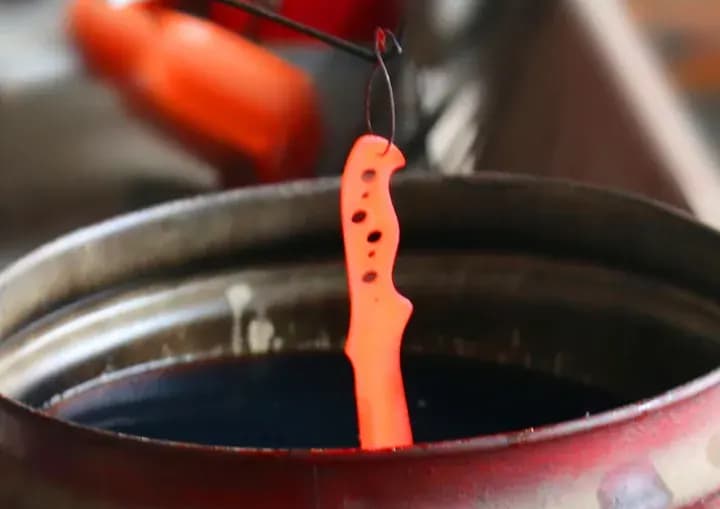
Even the best cutting tool steel must undergo heat treatment to fully realize its potential. In fact, low-grade steel that has been properly heat treated can sometimes outperform high-grade steel that has been improperly heat treated.
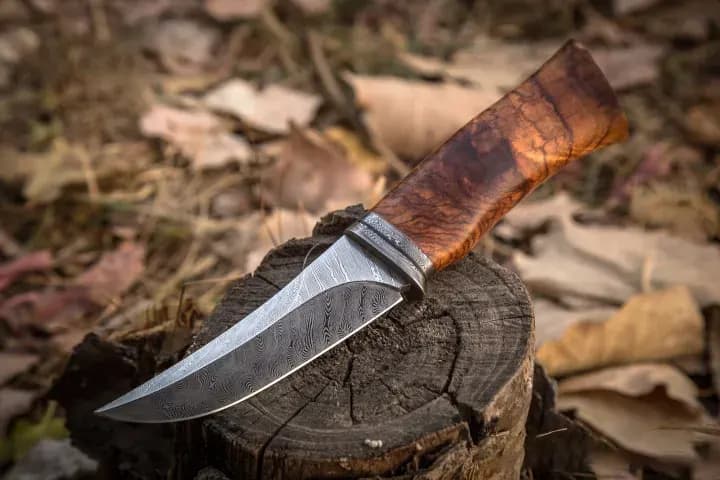
The blade shape and the method of grinding significantly affect the functionality and cutting performance of a knife. Without proper blade geometry and grinding, even the best steel will not be able to showcase its strengths.

